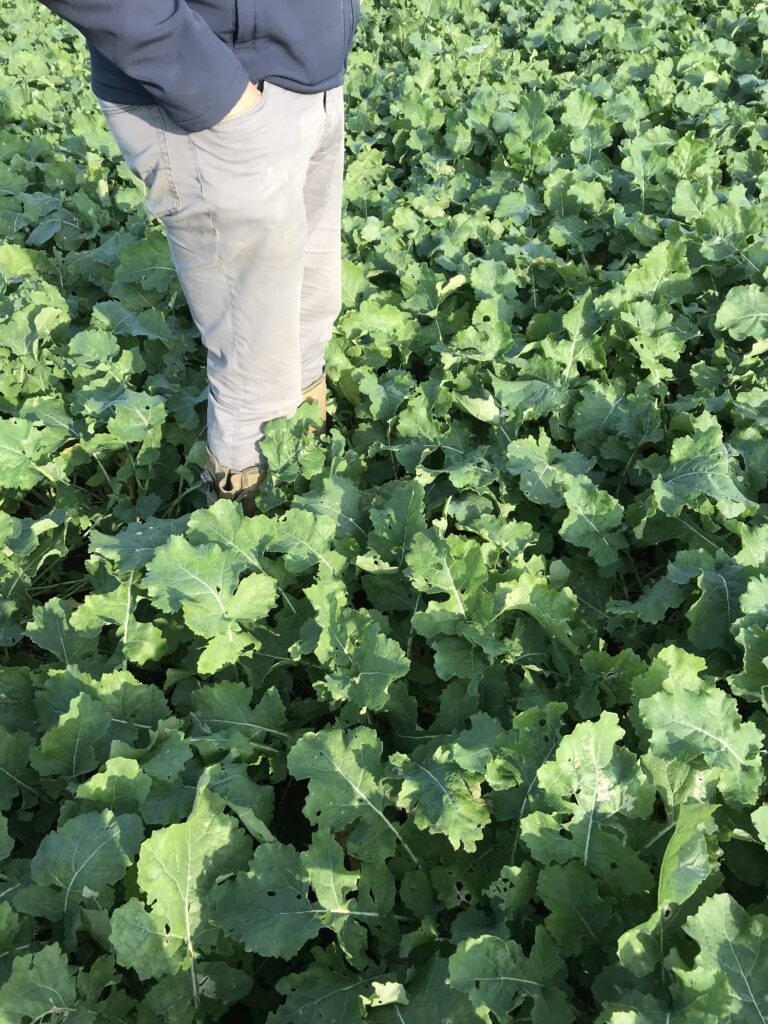Welcome to the November edition of the Life Scientific Newsletter.
This is an exciting time for us at Life Scientific as the company continues to grow its portfolio of new products and expand into new territories including Eastern Europe and Canada.
We are selling prothioconazole in the USA and have recently received registration for 2 prothioconazole + trifloxystrobin fungicides.
In the first 10 months of 2024 we have achieved an amazing 30 new product registrations in Europe and are continuing the work for more new and exciting products.
Back at home, each year brings its own challenges and autumn 2024 is no exception. High rainfall and mild conditions have made drilling difficult. The conditions suit pre-emergence herbicides where they have been applied but they also continue to encourage development of weeds, pests and diseases, so follow-up treatments are needed in many crops.
Here at Life Scientific, we have products which can help in all of these sectors.
ORASO LIFE SCIENTIFIC LAMBDA AURELIA RIBER
Oilseed rape disease control
With some oilseed rape crops being drilled later this year, control options at this stage need to be active against the two key diseases – Phoma and Light leaf spot.

Timing of fungicides is important for effective control. For Phoma, the spray should be targeted when the crop reaches 10% of plants with leaf spots, with some varieties being more susceptible than others. Although the leaf spots don’t cause much damage, stem cankers can form if the pathogen moves from the leaf to the stems.This can lead to lodging, early senescence and up to 0.5T/Ha yield loss due to restriction of water and nutrient movement around the plant.
Light leaf spot tends to appear later in the autumn as pale patches with white spots around the edge and can lead to yield losses of 1T/Ha. For best control of this disease, a fungicide spray should be applied before symptoms appear.
According to the Teagasc website “The choice of fungicide will often come down to whether or not the crop needs a growth regulator effect or not.” (Teagasc 17/10/2024). This will depend on when the crop was drilled and how it is looking.
Life Scientific has a range of products approved for autumn disease control in oilseed rape to use in your programmes.
AURELIA (containing prothioconazole) has activity against both phoma and light leaf spot.
Alternatively, ORASO (containing prothioconazole and tebuconazole) also has activity against both diseases, whilst tebuconazole is known to have some growth regulatory activity in the crop.
See the labels for full approval details, including dose rates and timings.
Cereal weed control
As cereal crops continue to be drilled, it is important to have a robust herbicide programme to help control both grass and broad-leaved weeds.
RIBER is a reverse-engineered product comparable to Firebird containing flufenacet and diflufenican. It can be a useful component of any winter wheat or barley weed control programme when used pre or post-emergence of the crop and weeds. It is a contact and residual herbicide and its combination of active ingredients with different modes of action make it ideal as part of an anti-resistance strategy, giving it activity against annual meadow-grass and a range of annual broad-leaved weeds including common chickweed, common field-speedwell, field pansy, field forget-me-not, groundsel, henbit dead-nettle, ivy-leaved speedwell, mayweeds, shepherd’s purse, red dead-nettle and volunteer oilseed rape.
One application of RIBER at 0.3L/Ha should be applied to winter wheat or winter barley before 31st December in the year of drilling and winter wheat should be treated before the 3rd tiller stage (GS23) whilst winter barley should be treated before the 4th tiller stage (GS24).
Effective weed control requires that all surface trash and straw is buried during seedbed preparation and, when applied pre-emergence of the crop, the seed must be covered by at least 32mm of settled soil. After application, the soil surface should remain undisturbed so do not harrow or roll and do not incorporate the herbicide.
RIBER has a range of physically compatible tank-mixes or sequences which can be found on the Life Scientific website.
See the label for full approval details, including dose rates, timings and directions for use.
Barley Yellow Dwarf Virus
BYDV remains a threat to your cereal crops. We are getting reports that the mild weather through October and into November is continuing to encourage aphid activity.

Remember that applying an insecticide at the right time is important to help protect your crop, so it is important to keep checking for aphids on establishing and newly emerging crops.
Advice on the Teagasc website is, “If aphids are present, apply an insecticide at the 2-3 leaf stage of the crop and a follow up may be required for September sown crops in early November, but it is important to check if aphids are actually present in the crop.” (Teagasc, Managing BYDV Risk, 21/10/2021).
Life Scientific’s pyrethroid product LIFE SCIENTIFIC LAMBDA, containing 100g/L lambda-cyhalothrin, should be applied at 50 ml/Ha in 200 L/Ha water and is approved for the control of aphid vectors of BYDV in winter and spring wheat, winter and spring
barley, winter and spring oats, rye and triticale.
See the label for full approval details.

